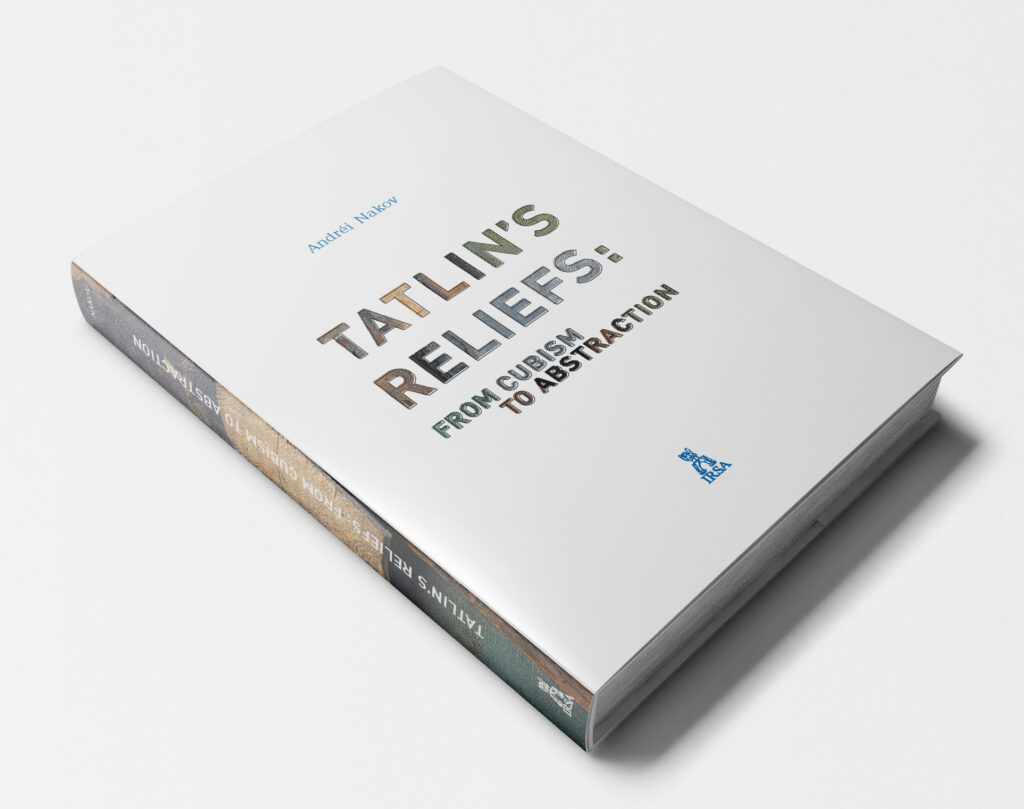The creation of the first Non-Objective reliefs by Vladimir Tatlin in the years 1914–1915 has remained almost legendary, as, with a few exceptions, these works have been lost or destroyed. This is the reason most of them have come down to us solely through contemporary documents. Yet when first presented in Moscow, St Petersburg (1914 and 1915), Berlin (1922) and Amsterdam (1923), they were received with curiosity, interest and, in a few instances, rejection, for they signalled a real artistic revolution. They were subsequently overshadowed by the Monument to the Third International (1919–1920), an extraordinary utopian construction that Alfred Barr described in 1936 as “the most ambitious Constructivist work” of the century and which has fascinated generations of artists on both sides of the Atlantic during much of the 20th century.
This book discusses the history and significance of the first abstract reliefs and presents numerous hitherto unpublished documents and an interpretation that casts a new light on the history of modern art, both Russian (Malewicz, Popova, Exter and other artists) and Western (Boccioni or Brancusi). A special place is given to an examination of the Cubist sources (Picasso) that played a decisive role in the artist’s bold creative leap. This study of the origins of abstract sculpture is an innovative exploration of a crucial moment in modern art: the passage from Cubism to Abstraction.

Leave a comment